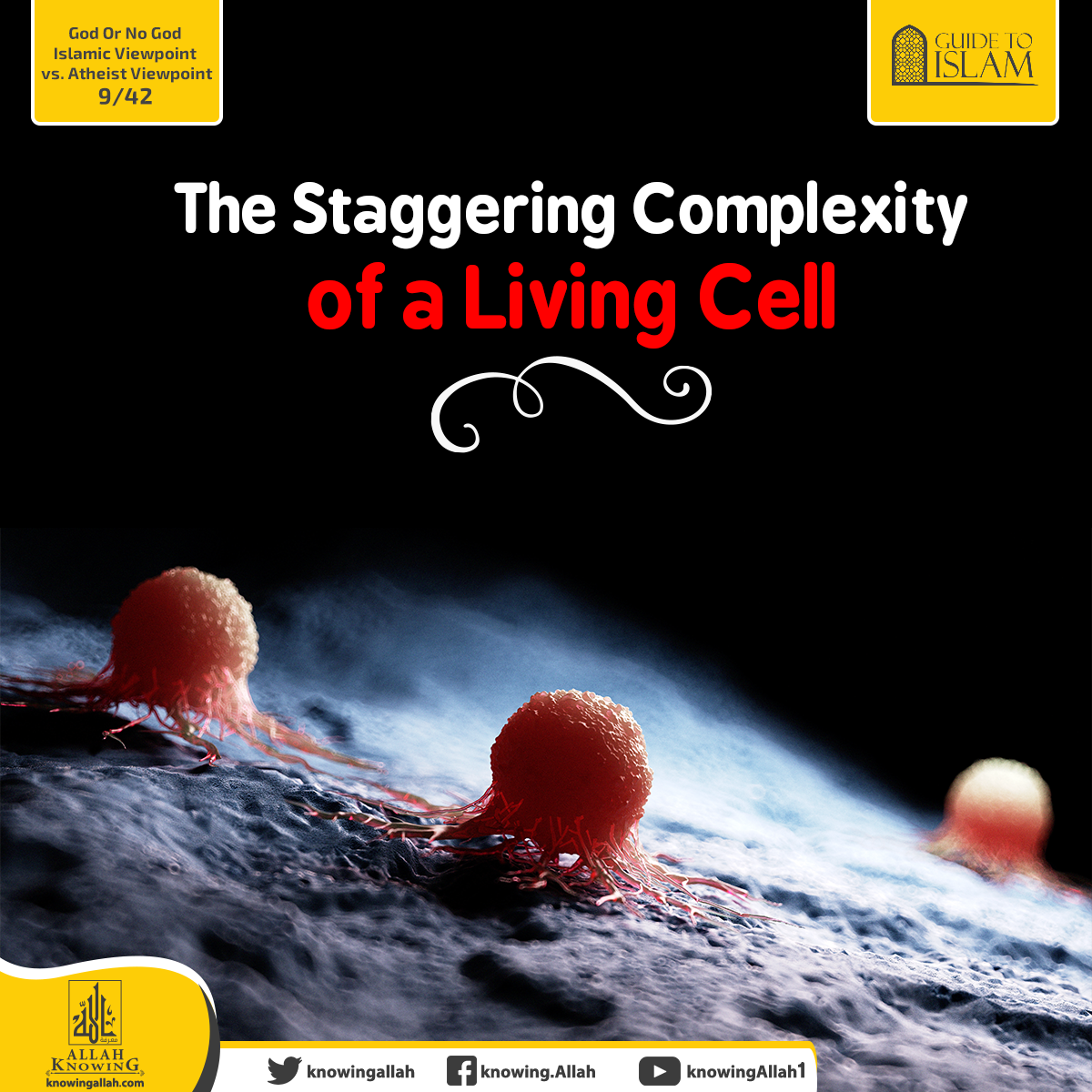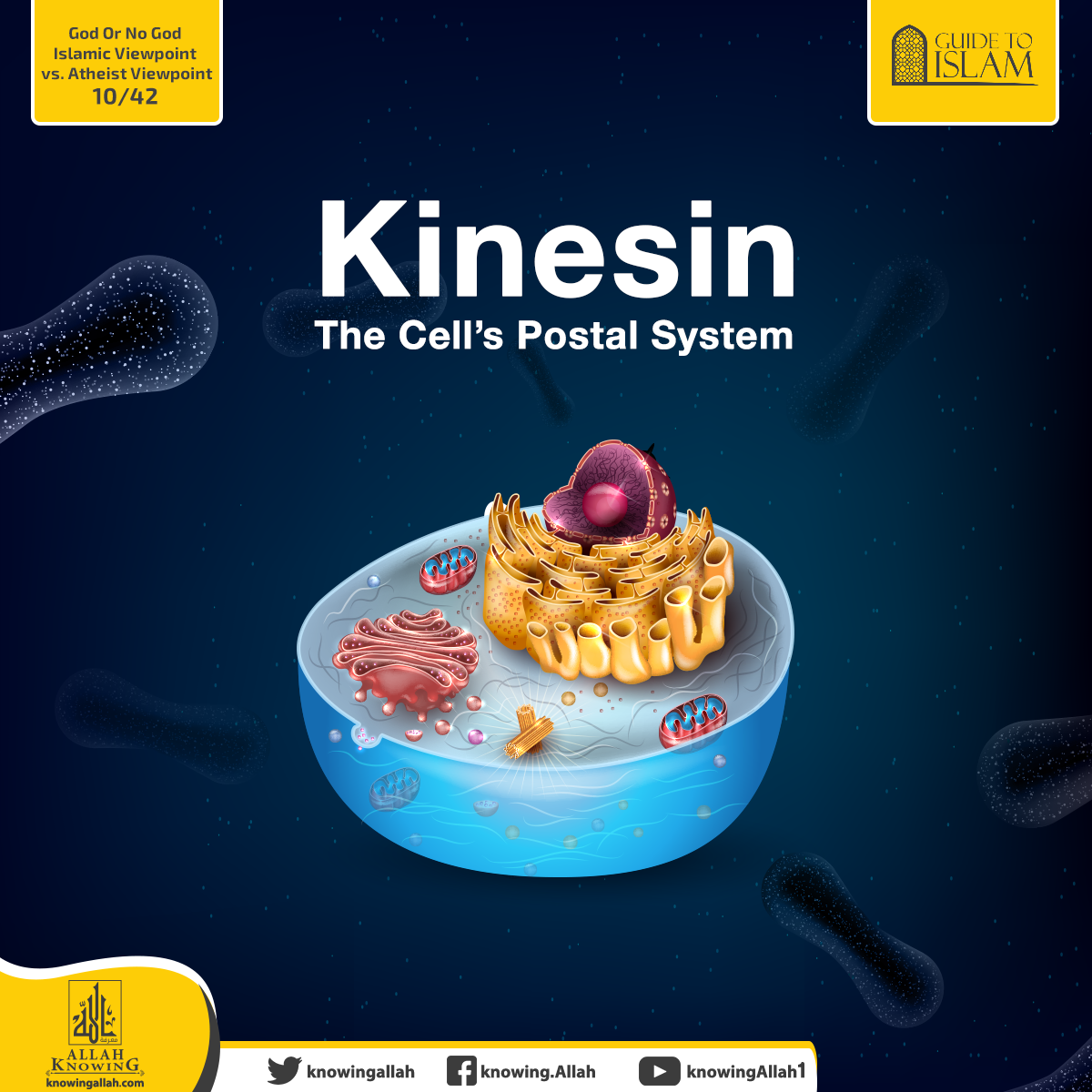The Staggering Complexity of a Living Cell
At the time of Darwin and his contemporaries, the cell appeared to be no more than a black spot under the simple light microscope, which was the first microscope to be used in the study of the cell. It consisted of a single, small, convex lens with 25-times magnification power.
Thus hampered by inadequate instruments for observing life under the microscope, Darwin concluded, upon viewing a cell, that it was a simple jelly-like substance – just a blob of protoplasm. He never imagined the incredible complexity and intricate information contained in a living cell. It became accessible and explorable only by means of the modern electron microscope, which can magnify an object up to two million times its original size.
Subsequent discoveries revealed that the cell was not a fluid-filled balloon, as Darwin had imagined, but an irreducibly complex structure* consisting of tiny, high-tech, biological machines. “To grasp in detail,” said the German biologist Von Bertalanffy, “the physio-chemical organization of the simplest cell is far beyond our capacity.”
Microsoft founder Bill Gates recognized the limitations of computer language in contrast to the cell’s ability to store and utilize living data, saying, “Human DNA is like a computer program but far, far more advanced than any we’ve ever created.”
Expressing his amazement at the complexity of the cell, molecular biologist Michael Denton said, “Molecular biology has shown that even the simplest of all living systems on the earth today, bacterial cells, are exceedingly complex objects. Although the tiniest bacterial cells are incredibly small, weighing less than 10-21 grams, each is in effect a veritable micro-miniaturized factory containing thousands of exquisitely designed pieces of intricate molecular machinery, made up altogether of 100 thousand million atoms, far more complicated than any machine built by man and absolutely without parallel in the non-living world.”
*A single system which is composed of several well-matched, interacting parts that contribute to the basic function, and where the removal of any one of the parts causes the system to effectively cease functioning.




